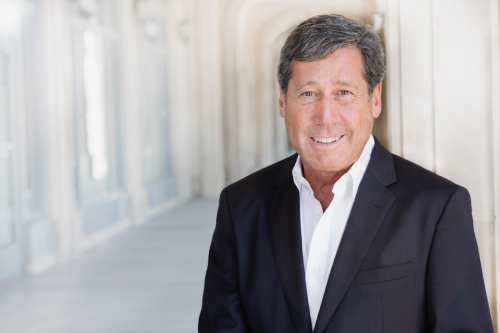CEO and president each give their takes on how originators can ease process for clients

For all the positive records the mortgage industry has shattered this year, one record should give originators pause for thought: turnaround times. According to October data from the Ellie Mae Origination Report, loans took an average of 54 days to close last month. That’s the slowest average turnaround time since January of 2012. With those slow turnarounds come frustrated clients and the potential for urgent deals to fall through.
To find out why these loans are taking so long to close and how originators can speed the process along, MPA spoke with two leaders in the mortgage service business: Paul Anselmo (pictured), CEO of Evolve Mortgage Services and Zac Cusac, co-founder and president of platform provider, Art of Homeownership. Anselmo pointed out the key bottlenecks in the loan process and explained where originators can find some extra efficiency. Cusac stressed the importance of expectation management and communication in the process to avoid client frustration. They agreed that this is an issue mortgage originators need to tackle head on.
“There’s been enormous volume this year, but I think there’s more behind this backlog than just volume,” Anselmo said. “The major culprit is underwriting…everything has to go through the underwriter and there’s a huge shortage of underwriters in the industry. Another issue is the platforms, and while I hesitate to name names, there’s one platform that’s used by the majority of the industry that is not built for productivity.”
Read more: How can originators keep clients engaged in a second lockdown
The underwriter shortage is evidenced by skyrocketing wages for underwriters. According to Anselmo, when you factor in signing bonuses underwriters are making around twice what they made pre-pandemic, hitting highs of around $150,000 annually. Those underwriters can usually only do between two and three loans a day, often having to kick them back to the originator with conditions. It’s a serious bottleneck for the industry.
Anselmo believes he has a fix, though. His underwriting team at Evolve, he said, can turn around the initial application in 24-72 hours and the revised application in 24-48 hours. He said they can do it through the strength of their platform and by breaking down underwriting tasks between different skill and experience levels which he claims maximizes efficiency.
Even if the underwriting period can be expedited via a platform like Anselmo’s, he said the remainder of the process is still “pushing a pig through a python.” In addition to stress for underwriters, he sees issues of delay on the closing side. Digital closing can help but he believes that while this backlog persists, originators will also have to manage client expectations.
Read more: Digital twin technology making a comeback amid COVID-19
Refinances, which took an average of 57 days to close in October, are an area where expectation management could be simpler. Anselmo said that a client, sure that their new rate is locked in, should be OK with making one last payment at the old rate. Purchases, however, are a different story.
“I think the biggest thing that mortgage professionals need to focus on is to keep [clients] in the loop,” said Cusac. His platform includes a milestone update function for exactly this situation. “As long as mortgage professionals are up there communicating and educating their clients on, you know, where the loan is at and what part of the process is, then you know that the longer turn time shouldn’t be an issue,” he said.
Cusac stressed that originators need to work as educators during the underwriting and closing process. It’s a similar logic to a line-up at a bank. People are more comfortable in a long line they know is moving than in a shorter line that moves unexpectedly. It’s the originator’s job to ensure the client knows that line is moving.
While originators are already stretched by the volume of business they’re doing these days, Cusac said that efforts as simple as a text or video message can go the distance in making a client feel cared for during this elongated closing process.
“This is the biggest transaction most people make in their lifetime, and that down payment they’re making is for a lot of people a big chunk of their savings,” Cusac said. “People just want to be heard - they want to be communicated with and they want to feel comfortable.”



